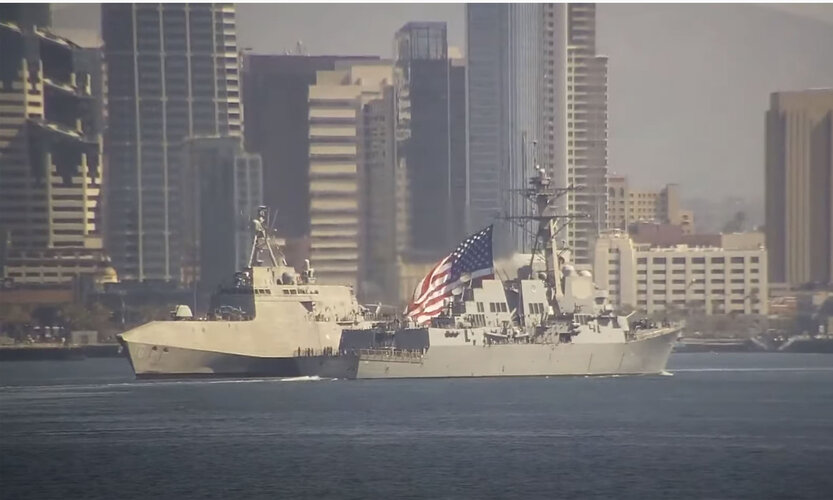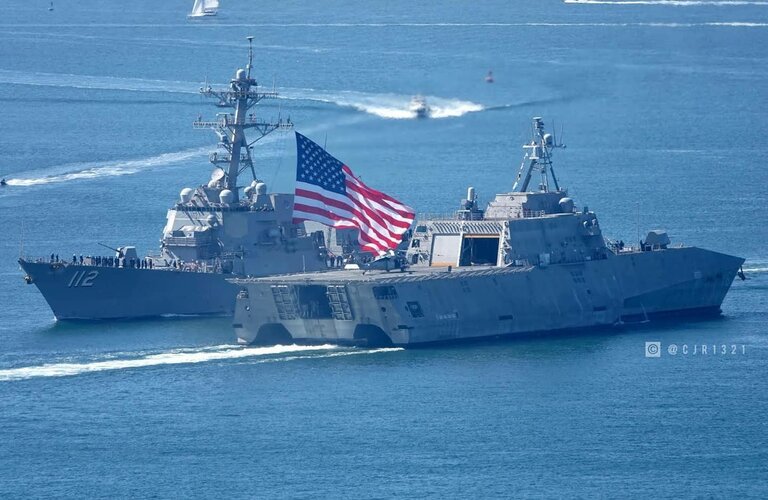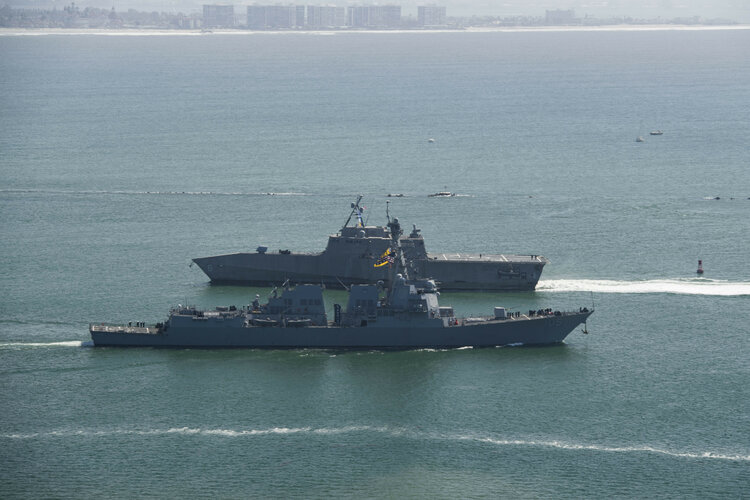- Joined
- 27 September 2006
- Messages
- 6,417
- Reaction score
- 6,819
The need for big gun ships was mainly a product of limited wars from Korea onward rather than any likely role in a war against the Soviet Union. While China was still militarily weak Seventh Fleet cruisers played a part in supporting Formosa/Taiwan.
The numbers needed were not especially great and the four New Jersey class battleships also offered the best platforms for cruise missiles etc
Even in the 1980s there were limits to the number of crews available to the USN. More CG47s would strike me as a better buy than any fire support ships.
After 1991 the attractions of a ship able to support littoral/shoreline operations against an opponent with degraded (by allied forces and their own weaknesses) defences become greater. After 2001 this seemed even more necessary, though bombarding the Taliban was not a job for big naval guns.
With the return of peer opponents like China and to some extent even Iran the opportunities for big guns seem rather less. Even terrorists and smaller nations will have swarms of drones or even Chinese supplied missiles with which to keep them at bay
The numbers needed were not especially great and the four New Jersey class battleships also offered the best platforms for cruise missiles etc
Even in the 1980s there were limits to the number of crews available to the USN. More CG47s would strike me as a better buy than any fire support ships.
After 1991 the attractions of a ship able to support littoral/shoreline operations against an opponent with degraded (by allied forces and their own weaknesses) defences become greater. After 2001 this seemed even more necessary, though bombarding the Taliban was not a job for big naval guns.
With the return of peer opponents like China and to some extent even Iran the opportunities for big guns seem rather less. Even terrorists and smaller nations will have swarms of drones or even Chinese supplied missiles with which to keep them at bay



